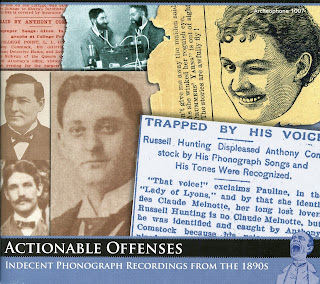From the Holly-Bedecked Vault Dept.: Here’s a Metroland piece from 1990, posted on this blog in 2011 (I’ve been at it that long?) and encored here because it’s the season and I can’t think of a more appropriate way of re-celebrating. Besides, it’ll score me points with my wife, which can be helpful if my gift-giving proves to fall short. Yes, those are the pooches that shared my household 34 years ago.
MY PARENTS FORCED ME into a photo session with Santa when I was four and I have resented them for it ever since. The traditional revenge, of course, is to inflict the punishment on your own children, but I haven't got any. So when the Clifton Country Mall announced its second annual “Pet Day with Santa,” it seemed like a good opportunity to give the brutes a road trip and sooth my damaged sensibilities.
 |
| Asta and Bud with Santa Photo by Meera Shankar |
Malls are traditionally petless places and we felt very out of place leading our animals through the corridor. Bud Collyer, my two-year-old black Labrador, has never been taught to walk on a leash and zigzagged in front of me as he chased what must have been some splendid smells. Susan led Asta, an eight-month-old mix of Australian Blue Heeler and neighborhood hound.
This was the dog that barked at the occupants of every passing car, with special eagerness at stop lights. She barked at the people in the mall; she even barked at her own reflection in the shop windows.




































